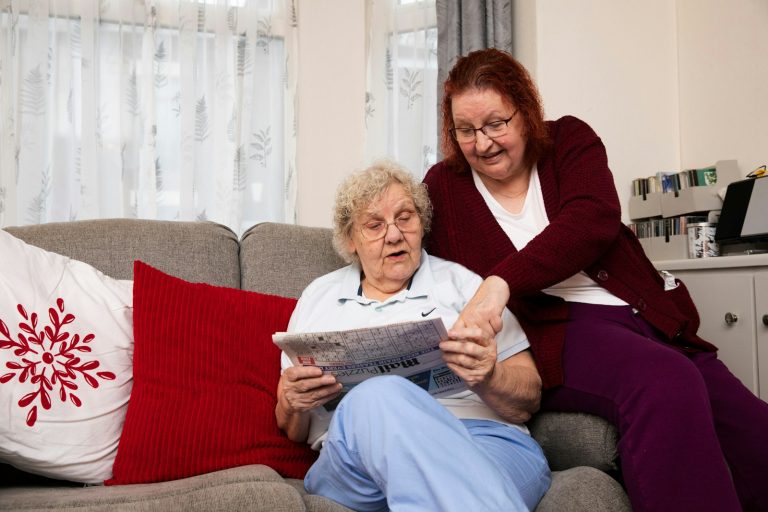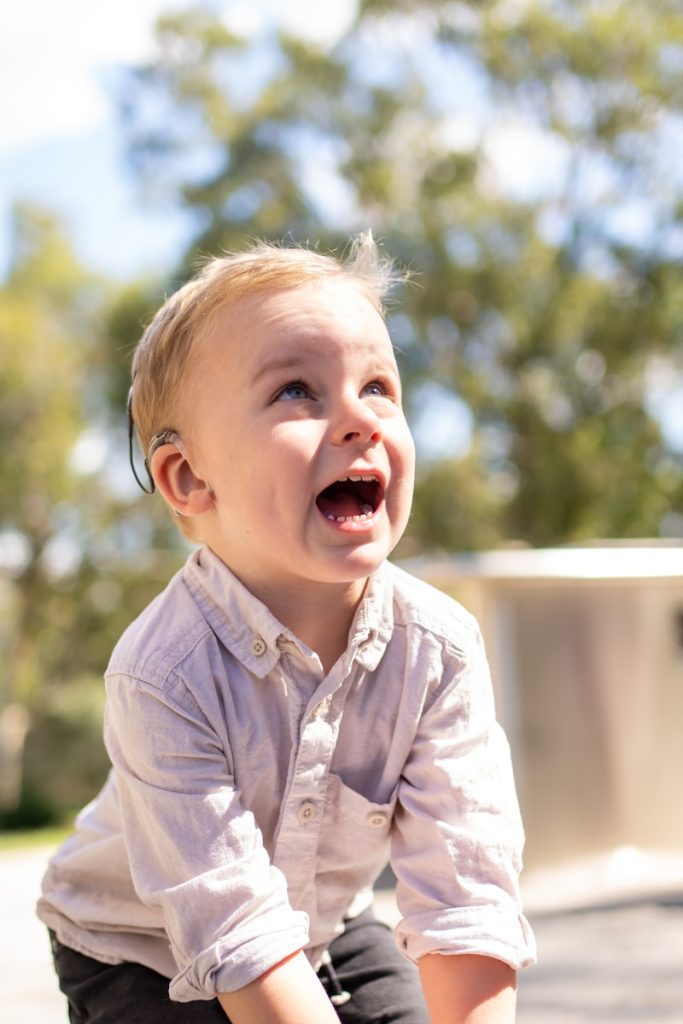
Find Your Equilibrium is contributed by Kristine Jarrell, Audiologist and Owner of Hearing Health Services. This article is published in the Fall/Winter 2025 Edition of Vibrant Senior Options Resource Guide Magazine.
Disequilibrium of aging refers to the imbalance and dizziness that may occur in older adults due to the natural decline in the body’s balance system. Left unchecked, this deterioration can lead to an increased risk of falls and injuries, as well as a decline in quality of life. It’s a complex issue involving multiple systems, including the vestibular (inner ear), visual, and musculoskeletal systems, as well as possible central nervous system problems.
Feelings of Disequilibrium
Feelings of disequilibrium are characterized by dizziness, lightheadedness, a lack of coordination and spatial awareness, or a persistent sense of imbalance and unsteadiness when standing or walking. Individuals may feel like they are drifting or being pulled to one side when walking, have difficulty keeping their balance as they walk on different surfaces, or feel dizzy when they change body positions. Individuals may experience one or more of these symptoms at any time, and the condition is often without clear localizing signs (meaning it’s not always clear which specific part of the body is causing the problem).
Importance of early intervention and Treatment
Inner ear disturbances account for 85% of dizzy disorders, but the loss of balance that comes with aging has many causes. That’s why it’s crucial to inform your practitioner about your symptoms to determine if a referral for balance testing or therapy may be needed.
Left untreated, disequilibrium of aging can lead to falls and injuries, reduced mobility, and increased anxiety related to fear of falling. While there isn’t a single cure for disequilibrium of aging, various treatments can help manage symptoms and reduce fall risk, including:
- Balance retraining: Exercises to improve balance and coordination.
- Habituation exercises: Exercises to help the brain adapt to sensations of dizziness.
- Posture training: Exercises to improve posture and body alignment.
- Vision stability exercises: Exercises to improve eye movements and visual stability.
- Medication management: Reviewing medications for those that may contribute to dizziness.
We can Help
Diagnosing and addressing balance problems early can help prevent falls, maintain independence, and improve overall quality of life.
We can help with a diagnosis by offering specialized balance testing to determine if damage to your inner ear may be contributing to your symptoms. Ask your practitioner if a vestibular and equilibrium evaluation may be right for you.
For a free brochure and self-quiz, Understanding Imbalance, contact us today.
Kristine Jarrell, Au.D.
Audiologist, Owner
Hearing Health Services
Hearing & Balance Center
www.coupevillehearing.com
360.678.1423




















